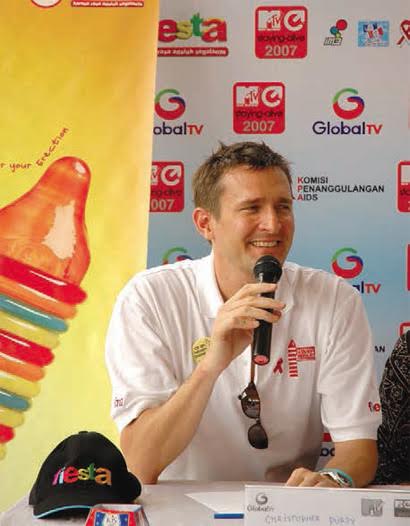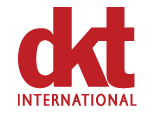 Special to the Philanthropy Journal
Special to the Philanthropy Journal
By Christopher Purdy
The World Giving Index 2015 has just been published, and shows that Americans continue to be a most generous people, ranking Number 2 overall, and third in helping a stranger, sixth in volunteering time and twelfth in donating money (the U.S. was down from being tied for first in 2014). Here is the list of the ten most generous countries on earth.
In 2014, Americans’ giving to charitable organizations exceeded $358 billion, according to Charity Navigator, roughly equivalent to 2% of the country’s Gross Domestic Product.
Clearly, Americans have big hearts, but I have some suggestions for how they can express their capacity for charity not only with compassion but also intelligence. Here’s my checklist for becoming a better donor:
- Give Proactively: Carefully consider your giving and what you want to support. Don’t give money over the phone, at the checkout counter of the supermarket, or simply because you receive a request in the mail. “Smart givers take the time to identify which causes are most important to their families and they are specific about the change they want to effect, according to “Top 10 Practices of Savvy Donors” of Charity Navigator. “Your dollars will go furthest if you set time aside, think about all your options and go find the best charity for your values,” advises GiveWell in its “6 tips for giving like a pro.”
- Measurable Results: Most charities do not rigorously measure and report results that are transparently presented on a consistent basis. Look for organizations that do. This ensures greater accountability and engenders trust by partners and donors. Look for an annual statistics recaps on the charity’s website or annual report, like this example.
- Efficient (and Lean) Headquarters: Large head offices tend to slow things down and consume vast resources. Look for a decentralized approach, ensuring that strategic and programmatic responsibility is delegated to field offices and their employees on the ground. This generally allows for faster, locally-grounded, decision-making, culturally appropriate strategies, and fewer bureaucratic hurdles . It also means fewer headquarters costs. DKT International, which I run, spends 2% of operating costs on headquarters expenses and employs less than 10 people in our head office (with some 3,000 employees worldwide).
- Entrepreneurial Spirit: Look for an entrepreneurial spirit where managers are empowered to use social marketing or others tools of the commercial marketplace to achieve a social purpose. This entrepreneurial tendency allows people to focus on bottom-line impact and leverage opportunities that improve lives. This article explains our entrepreneurial approach of taking advantage of existing infrastructure, incentives and private sector strategies to increase supply and demand for contraceptives.
- Transparency of Finances: Audited financial statements and Forms 990 (non-profit tax filings) should be easily accessible on their websites. If you cannot find it there, ask the charity for copies of its three most recent Forms 990. Its reaction and speed to this request is a good way to assess its commitment to transparency.
- Cost Recovery: Charity and cost-recovery are not mutually exclusive, and the best charities recover at least a portion of their costs without sacrificing the quality of its services or the ability of poor people to use them. Charging even nominal fees for services has the added benefit of ensuring that these services are truly desired since almost anyone will take a freebie. Programs should be financially sustainable and survive beyond a donor’s gift. My organization breaks down financial sustainability into three steps – cost recovery, cross-subsidization and profitability.
- Domestic vs. International: You will have to decide where you want to invest – locally, nationally or internationally. Many people subscribe to the credo that “charity begins at home” and tend to favor domestic charities over international ones. Certainly, there are great needs in the U.S., and great charities that address them. But I believe that there are tremendous opportunities to make impact with less money by investing in developing countries. GiveWell explains this concept in this article, “Your dollar goes further overseas.”
 The Copenhagen Consensus Center is a think tank that researches and publishes the smartest solutions for the world’s biggest problems by cost-benefit, researched by more than 100 economists, including seven Nobel laureates. Recently, they have identified 19 targets that represent the best value-for-money in development over the next 15 years (2016 to 2030).
The Copenhagen Consensus Center is a think tank that researches and publishes the smartest solutions for the world’s biggest problems by cost-benefit, researched by more than 100 economists, including seven Nobel laureates. Recently, they have identified 19 targets that represent the best value-for-money in development over the next 15 years (2016 to 2030).
In my area of health, the Center recommends investing in targets that include lowering chronic child malnutrition, avoiding HIV infections through male circumcision and making family planning available to those who want it. These interventions produce “Quick Wins” that would cost $30 billion per year but provide $1.2 trillion per year in benefits. Check out the 19 targets the Center says should be pursued.
When giving to charity, following your heart feels good. Using your head and your heart feels even better.
Chris Purdy is CEO and president of DKT International. From 1996 to 2011, he served as DKT country director in Turkey, Ethiopia, and Indonesia, where he managed the largest private social marketing family planning program in the world. He served as executive vice president from 2011-2013. His professional interests center on advancing the cause of social marketing for health and socially responsible capitalism.




